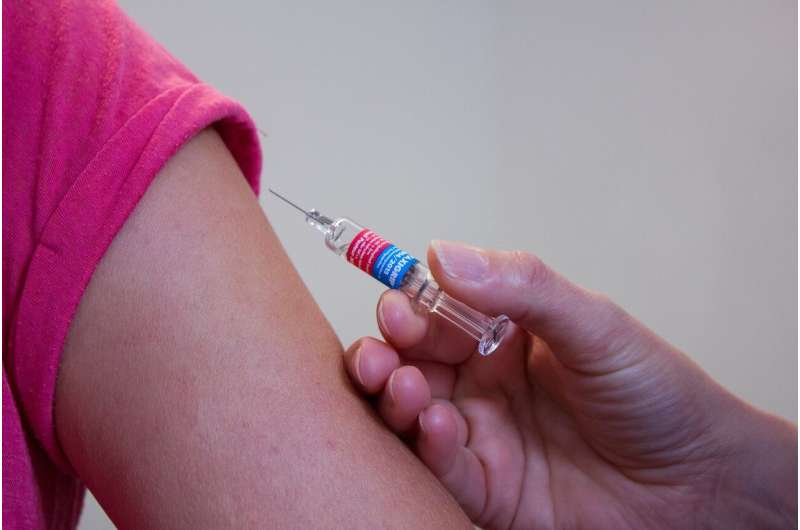In animal studies, nanoparticle treatment induces antibodies against SARS-CoV-2

A bioengineering technique to boost production of specific proteins could be the basis of an effective vaccine against the novel coronavirus that causes COVID-19, new research suggests.
Scientists manipulated a natural cellular process to ramp up levels of two proteins used by the virus to infect other cells, packaged the protein-boosting instructions in nanoparticles and injected them into mice. Within a month, the mice had developed antibodies against the SARS-CoV-2 virus.
The technique involves altering specific sequences of messenger RNA, molecules that translate genetic information into functional proteins. While these sequences are not translated to proteins, the researchers changed their structures to promote higher-than-usual levels of proteins. The sequences are known as untranslated regions, or UTRs.
"We've been engineering messenger RNA for four years, and earlier this year we made some progress identifying a role for UTRs—and then COVID-19 happened," said Yizhou Dong, senior author of the study and associate professor of pharmaceutics and pharmacology at The Ohio State University.
Though Phase 3 clinical trials of fast-tracked COVID-19 vaccine candidates are in progress, Dong said his lab's platform offers a potential alternative.
"If the current vaccines work well, that's wonderful. In case the field needs this, then it's an option. It worked as a vaccine is expected to, and we can scale this up very fast," he said. "For now, it's a proof of concept—we've demonstrated we can optimize a sequence of messenger RNA to improve protein production, produce antigens and induce antibodies against those specific antigens."
The study is published today in the journal Advanced Materials.
The crux of the method is typical to vaccine development: using snippets of a pathogen's structure to produce an antigen—the foreign substance that triggers an appropriate immune response—and finding a safe way to introduce it to the body.
But the engineering technique takes antigen design to a new level by making use of messenger RNA UTRs, Dong said.
His lab worked with the two UTRs that bookend the start and finish of protein assembly, functioning as regulators of that process and influencing how the resulting protein interacts with others. UTRs themselves are strings of nucleotides, the molecules that compose RNA and DNA.
"For our application we tried to optimize the UTRs to improve the protein production process. We wanted as much protein produced as possible—so we can give a small dose of messenger RNA that produces enough antigen to induce antibodies against the virus," Dong said.
The team experimented with two potential antigens that the novel coronavirus is known to use to cause infection: a spike protein on its surface and a receptor binding domain, a component of the spike protein, that the virus uses to make its way into host cells—a necessary step to make copies of itself. Both are used in other SARS-CoV-2 vaccine candidates.
After manipulating the messenger RNA for these two proteins, the team encased them in lipid nanoparticles developed previously in Dong's lab. They injected mice with the experimental vaccine and gave them a booster two weeks later. A month after the first injection, immune cells in the mice had taken up the antigens of the two proteins and developed antibodies against them.
"It takes some time for the immune system to process the antigens and have cells produce antibodies," Dong said. "In this study, we detected antibodies after 30 days."
And even if this vaccine candidate is not needed for COVID-19, he is continuing to refine this latest method of engineering messenger RNA.
"UTR is a platform that we can apply to any type of messenger RNA. We are exploring other therapeutics," Dong said.
More information: Chunxi Zeng et al, Leveraging mRNA Sequences and Nanoparticles to Deliver SARS‐CoV‐2 Antigens In Vivo, Advanced Materials (2020). DOI: 10.1002/adma.202004452


















